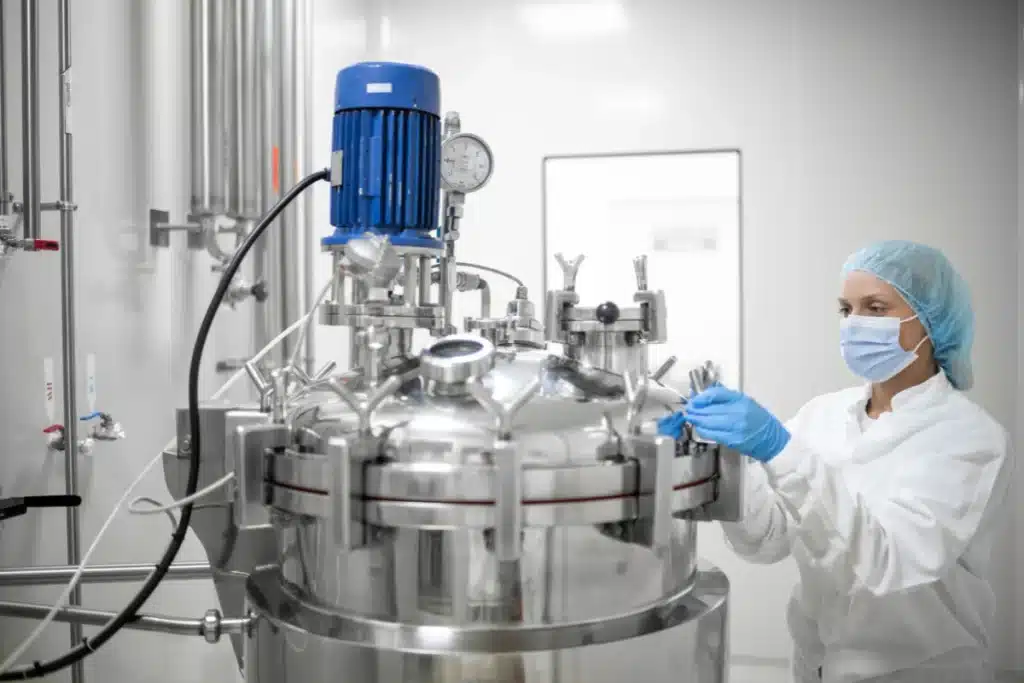Material Requirements Planning (MRP) is among the many modern resources most manufacturing companies underestimate. The system helps product-based manufacturers better understand their inventory requirements to balance supply and demand and streamline their processes.
You can use MRP in your business processes to efficiently manage inventory, improve production efficiency, and deliver the perfect product on time. Here is what you need to know to get started with material requirements planning to help control manufacturing, purchasing, and delivery in your firm.
What is Material Requirements Planning?
Material requirements planning involves several processes that compare materials and finished goods demands to the on-hand and planned supply. It works to ensure the generated jobs and purchase orders satisfy unmet manufacturing needs.
The inventory management software operates digitally across various computer-based platforms to estimate raw materials quantity and schedule timely deliveries. Every time your company receives a demand signal, the MRP system analyzes the order and Bill of Materials and determines how much materials are needed and when.
MRPII, Manufacturing Resource Planning, is the modern extension of traditional material requirements planning. This system ensures you receive materials on time, depending on the available capacity needed for production.
Failure to implement accurate production that accounts for scheduling constraints and resource capacity exposes your firm to purchasing complications. You may find your business purchasing materials too early, which causes you to pay high holding costs. Read on for MRP benefits and why you should consider implementing one in your operations.
What are the MRP Benefits for Manufacturing Companies?
Inventory Control
You must manage your inventory effectively to realize manufacturing efficiency in your business, and MRP systems can help. The system uses the production schedule data to determine the cost and level of inventory required to satisfy demand.
By implementing an MRP system in your processes, you’ll find it easier to maintain an optimum inventory level on production parts and materials. Eventually, inventory carrying costs are cut down and optimized in all your production periods.
Purchase Planning
Purchasing functions also play a significant role in the progress and success of a manufacturing company. The production process’ effectiveness relies heavily on identifying the available materials, what to purchase, and when. You can use your MRP to plan your purchasing decisions effectively and streamline the production process.
MRP systems help track the production steps, identifying the required purchases and cross-referencing the production schedule. It aims to ensure goods get delivered on time and in the correct quantity and helps avoid production delays. Your procurement manager can configure the MRP to alert suppliers automatically when the need for purchase arises.
Production Planning
An effective MRP creates a practical approach to detect challenges in the production line caused by materials scarcity. The system helps maintain production by suggesting potential reroutes to produce different products with the available materials.
Instead of rerouting the entire production process, it can also focus on a specific stage in the production where there is no material deficiency. Manufacturers can plan their production lines using MRP even if they face material availability constraints.
Resource Management
Raw materials are crucial in the execution of manufacturing processes in all industries. Most companies use ERP systems to manage their resources, but the MRP concept can be a potent add-on. Your MRP process ensures control and information on the available raw materials and expected yield. It also gives you an idea of other resources needed to complete production.
Resource management demands efficiency. Your MRP system provides accurate and reliable information on the equipment required, the time, and costs and helps decide whether to buy or hire the operational assets. Some ERP systems like GoldFinch ERP have a built-in MRP functionality to run your manufacturing company; you do not have to switch platforms.
Data Management
Manufacturing companies handle tremendous amounts of data in their daily processes. You may need an MRP system to manage this information effectively. The system processes and documents purchase data, deliveries, inventory data, and cash flow data into invoices, receipts, reports, and lists.
Work Scheduling
Work scheduling focuses on managing active production time, the expected yield predictions, and adherence to the implemented production schedule. Your MRP system will help paint the larger picture of your production processes using the available inventory in your business.
The information collected can help managers control hourly operations, labor tasks, and the required equipment. Using a materials requirements planning system, you have a higher chance of accurate labor, time, and operational cost predictions.
Crucial MRP Features Manufacturers Should Consider
Demand Forecasting
MRP systems determine the type and quantity of materials required for production by using actual and forecasted demand. This process makes demand planning and forecasting a core element in material requirements planning.
You must accurately predict demand to eliminate inventory complications like excess or insufficient stock handling. You’ll find it easier to minimize the holding costs of your inventory and fulfill your orders on time.
Purchase Planning
Purchase planning involves the procurement and sourcing of raw materials needed to satisfy predicted demand and is a core function of MRP systems. An effective material requirements planning system guarantees your purchasing department a better view of the materials required to execute specific operations. It can be actual or predicted demand.
The system utilizes a clear list of materials and their required quantities to ensure you have everything needed for production. Manufacturers should consider investing in an effective MRP system to help with purchasing planning and efficiency.
Production Scheduling
After identifying and sourcing the materials required, you’ll need to schedule your production. Production scheduling involves analyzing your manufacturing times and the resources and labor necessary to complete the tasks.
Having production scheduling software helps develop a realistic schedule that plays a crucial role in identifying production and lead times. It ensures you can make a purchase and receive the materials before the scheduled production time.
Conclusion
An effective MRP system might be the only element missing to ensure success for your manufacturing company. Instead of switching to a standalone MRP system, you can consider GoldFinch ERP to optimize your manufacturing business with the combined features of ERP and MRP built-in. Contact us today to get the most out of your business and eliminate production stoppages!



